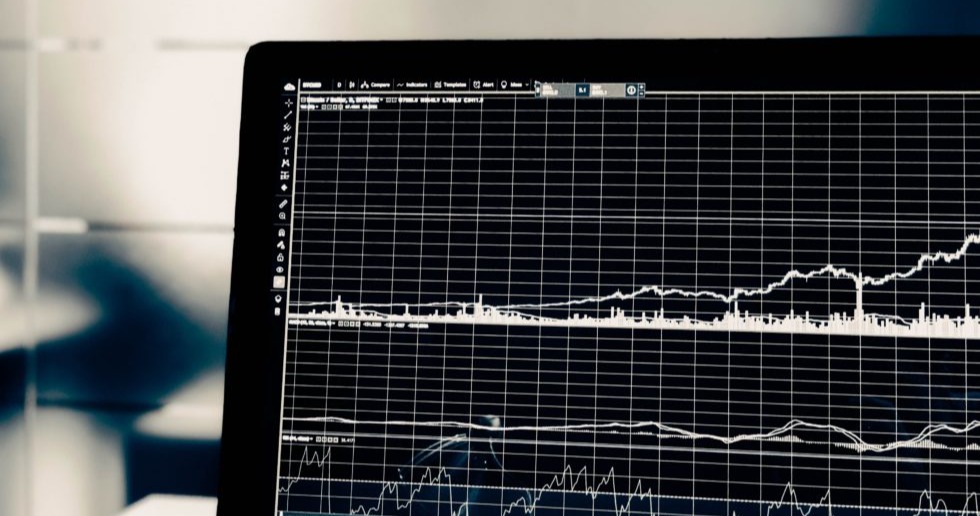2/11- Weekly Economic Highlights
Feb 11, 2022 | Weekly Highlights

U.S. consumer prices climbed more than expected in January as inflation hit highs not seen since 1982. The Consumer Price Index (CPI) was up 7.5% year-over-year in January, versus up a 7.0% year-over-year gain in December. Core CPI (CPI less food and energy) was up 6.0% year-over-year in January, versus up 5.5% in December. Pricing pressures were widespread in January; energy, rents, and food prices remained elevated from the prior month. Notable gains occurred in some categories such as medical-care services which has a larger weighting in the PCE deflator, the Fed’s preferred inflation gauge to be released later this month on February 25th. We believe pricing pressure will remain elevated in the near-term but believe year-over-year inflation is likely to be at or near its peak. We also believe the hiking cycle to be “front-loaded” as the Fed could raise rates sequentially at every meeting until this summer before they pause and reevaluate their course based upon economic data with a focus on inflation. Although many market participants believe the higher-than-expected CPI reading will pressure the Fed to consider their first half-percentage-point increase since 2000, we still believe a quarter point move to be the most probable first step in the Fed’s hiking cycle. After this week’s elevated CPI report, the markets are expecting an even more aggressive Fed, as the 10-year yield jumped above 2% with shorter term yields moving significantly higher as well. In mid-September the 2-year yield was just .20%; currently 2-year yields are 120 basis points higher at 1.60%. As stated earlier, we expect inflationary pressures will start to abate later this year, amid an improvement in the global health situation, easing supply chain bottlenecks, and a potential shift in consumer spending toward more services spending rather than goods. In addition, over the coming months, year-over-year inflation readings will begin to compare against rising inflationary pressures at the same time last year or what is referred to as the “base effect”.
Looking further ahead, fiscal drag and normalizing monetary policy should also help to ease pricing pressures as we move through this year. Nevertheless, we currently have a combination of Fed policies and economic circumstances not likely to be seen again in our lifetime; 7.5% inflation, 0-.25% overnight rate, and a Fed still buying bonds! We expect all of these historically unique circumstances to begin a normalization process very soon.
The University of Michigan released their consumer sentiment index for the month of February; the index fell from a reading of 67.2 in January to 61.7, the lowest since October 2011 as higher inflation weighed on consumers. For the coming year, consumers expect an inflation rate of 5% up from last month’s reading of 4.9%. Looking further ahead, we continue to believe high levels of consumer savings along with improvement in the health situation and continued improvement in the labor market, should provide a tailwind for the consumer.
Next Week:
Producer Price Index, Retail Sales, Industrial Production, FOMC Meeting Minutes, Housing Starts & Permits, Philly Fed, Existing Home Sales, Leading Indicators
Copyright © 2022. All Rights Reserved.
© 2022 Chandler Asset Management, Inc. An Independent Registered Investment Adviser. Data source: Bloomberg, Federal Reserve, and the US Department of Labor. This report is provided for informational purposes only and should not be construed as specific investment or legal advice. The information contained herein was obtained from sources believed to be reliable as of the date of publication, but may become outdated or superseded at any time without notice. Any opinions or views expressed are based on current market conditions and are subject to change. This report may contain forecasts and forward-looking statements which are inherently limited and should not be relied upon as an indicator of future results. Past performance is not indicative of future results. This report is not intended to constitute an offer, solicitation, recommendation, or advice regarding any securities or investment strategy and should not be regarded by recipients as a substitute for the exercise of their own judgment. Fixed income investments are subject to interest rate, credit, and market risk. Interest rate risk: The value of fixed income investments will decline as interest rates rise. Credit risk: the possibility that the borrower may not be able to repay interest and principal. Low-rated bonds generally have to pay higher interest rates to attract investors willing to take on greater risk. Market risk: the bond market, in general, could decline due to economic conditions, especially during periods of rising interest rates.